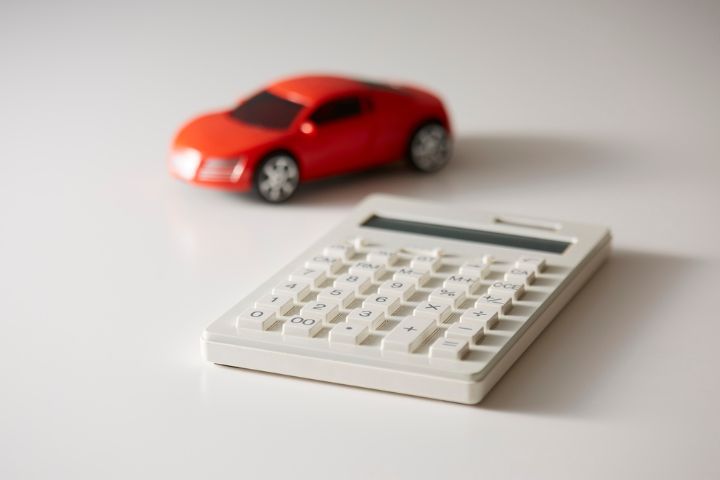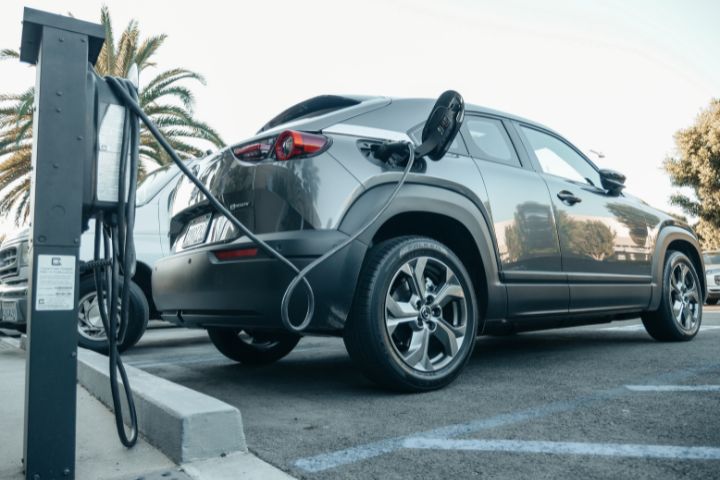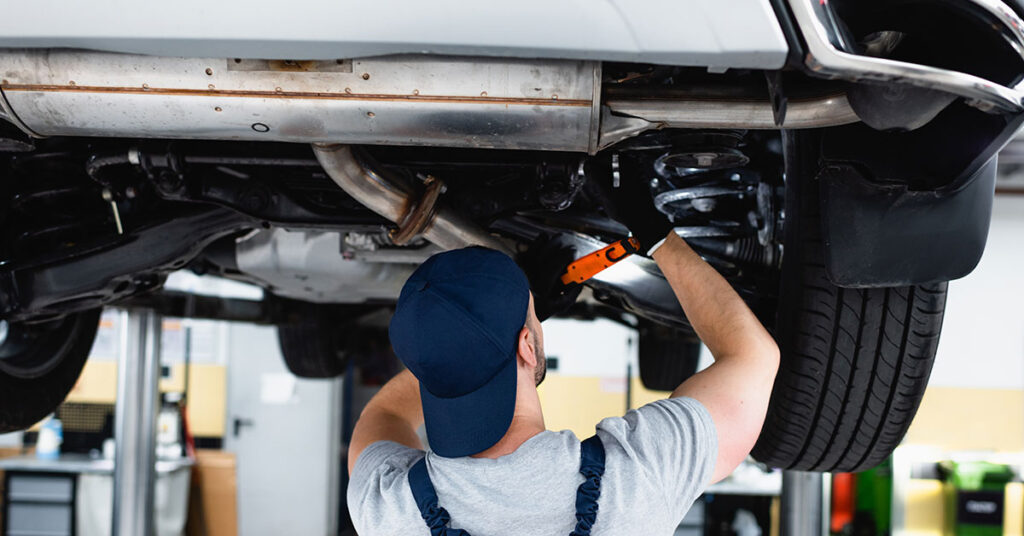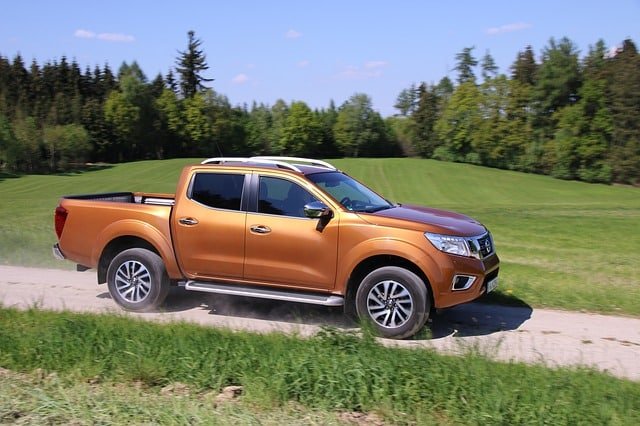The used car market in Australia has always been a bit of a rollercoaster. Prices rise and fall, preferences shift, and economic forces stir the pot.
But lately, things have been moving faster. From digital disruption to fuel price shocks, the industry is changing.
If you’re trying to make sense of it all – whether you’re buying, selling, or just curious – you’re in the right place.
Introduction to the Australian Used Car Market
Australia’s love affair with cars is as old as its highways. The used car market plays a big role in this story, serving everyone from budget-conscious first-time buyers to seasoned collectors.
In recent years, the market has seen some surprising twists, thanks in part to the pandemic, supply chain chaos, and tech transformation.

Why the Used Car Market Matters
Used cars aren’t just about affordability. They’re about access. For many Australians, it offers the fastest way to own a vehicle without taking out a second mortgage.
More importantly, they reflect consumer sentiment, financial trends, and environmental decisions.
Recent Shifts in Market Trends
Between 2020 and 2024, used car prices soared. Limited new car stock, delays at ports, and sky-high demand turned the market on its head.
But 2025 is showing signs of a slow return to normal. Inventory is up, prices are starting to stabilise, and buyers have more options again.
Market Size and Growth Projections
Let’s talk numbers. The used car market in Australia was worth around AUD 117 billion in 2024. And it’s still growing – expected to pass AUD 190 billion by 2030.
It’s not just the dollars, either. The volume of sales is climbing too, with more than 2.3 million used vehicles changing hands in 2024.
Current Market Value and Sales Volume
2024 was a strong year. Total sales hit 2.32 million units – a 12.1% increase on the year before. SUVs and dual-cab utes continue to lead the pack.
The average price of a used car now sits around AUD 33,000, up from pre-pandemic levels.

Forecasted Growth Through 2030
Analysts expect a steady climb through the end of the decade. Factors like digital transformation, improved financing access, and the rising cost of new vehicles are all driving used car demand.
Market research firms forecast a compound annual growth rate (CAGR) of over 10% between 2025 and 2030.
Economic Factors Shaping the Market
The market doesn’t operate in a vacuum. Every change in interest rates or fuel prices sends ripples through the industry.
Whether you’re buying or selling, understanding these factors helps you time your decisions better.
Impact of Interest Rates and Inflation
Interest rates affect used car loans. Higher rates mean higher repayments, which cools down demand. Inflation also impacts buyer budgets.
When groceries and utilities go up, people tend to look for cheaper car options – or delay purchases altogether.
Supply Chain Challenges and Recovery
For two years, new car shortages pushed buyers into the used market. Shipping delays, chip shortages, and overseas factory closures clogged the pipeline.
But 2025 is showing promise. More new cars mean used car prices are easing up. It’s not smooth sailing yet, but the worst is behind us.
Exchange Rates and Vehicle Import Costs
A weaker Australian dollar makes imported vehicles more expensive. That includes both new and second-hand imports.
It also boosts the value of locally sourced used cars, especially popular models with long wait times.
Shifts in Consumer Preferences
Car buyers have changed. It’s not just about horsepower or paint colour anymore. Australians are thinking about running costs, carbon footprints, and digital features. And yes – cup holders still matter.

Growing Demand for Fuel Efficiency and EVs
Fuel prices have had a say in what people buy. Smaller, more efficient cars are hot right now. And electric vehicles? They’re moving up the charts, too.
Even in the used market, EVs are finding fans, especially among city drivers with short commutes.
Changing Buying Habits in the Digital Age
Remember flipping through classified ads on a Saturday morning? That’s history.
Today’s buyers search online, compare models, read reviews, and even complete the purchase from their phones. Transparency and convenience now drive decision-making.
The Role of Digital Platforms in the Market
Online platforms have shaken things up. Whether it’s Carsales, Gumtree, or dealer websites, these tools put power in the hands of consumers.
Sellers benefit too – they reach more eyeballs without leaving the driveway.
Rise of Online Car Marketplaces
Car marketplaces have made used car shopping faster and broader. Buyers can filter by budget, fuel type, location, and even towing capacity. It’s like online dating for cars – minus the awkward coffee date.
Enhanced Transparency and Buyer Confidence
With vehicle history checks, inspection reports, and price comparisons, buyers feel more informed.
That builds confidence and cuts down on dodgy deals. In fact, many online platforms now offer money-back guarantees or third-party inspections.

Used Car Pricing Trends and Value Retention
Used car prices don’t just follow logic. They follow demand, scarcity, and even weather patterns. Yes, floods and bushfires have affected car availability, and that impacts price.
Factors Affecting Used Car Prices
Price trends are influenced by supply levels, age of the car, condition, kilometres travelled, service history, and market trends.
For example, a ute in good condition with under 100,000 km can still fetch a tidy sum – even after five years.
Which Vehicle Types Hold Their Value Best?
SUVs, utes, and hybrid vehicles typically hold value longer. Brands like Toyota, Mazda, and Subaru consistently score well on resale.
On the flip side, large sedans and luxury cars depreciate quickly, especially if maintenance costs are high.
Challenges Faced by Buyers and Sellers
It’s not all smooth driving. The used car market still throws up plenty of speed bumps. From dodgy listings to inconsistent pricing, both buyers and sellers have their share of headaches.
Market Volatility and Timing the Sale
Selling at the right time can mean thousands of dollars. But timing isn’t easy. If the new car supply jumps, your used car may lose value fast.
Conversely, holding too long can backfire if maintenance issues pop up.
Common Pitfalls to Avoid
For buyers: always check for flood damage, dodgy odometer readings, and missing service books. For sellers: don’t ignore presentation.
A dirty car with worn tyres tells buyers you didn’t care for it, and they’ll walk.

Environmental and Regulatory Influences
Environmental concerns are more than political talking points. They influence policy, taxes, and buyer choices.
And in a growing number of Australian cities, emissions regulations are already impacting the kinds of cars people want to own.
Government Incentives and Policy Shifts
States like NSW and Victoria offer rebates or stamp duty waivers for electric and low-emission vehicles.
These incentives affect not just new car buyers, but also the resale value of second-hand hybrids and EVs.
Growing Focus on Sustainability
Many buyers are now factoring in lifecycle emissions and fuel economy. That means petrol guzzlers are falling out of favour, while hybrids and efficient diesels are gaining ground – even in rural areas.
Outlook for 2025 and Beyond
What’s next? If the past five years taught us anything, it’s that nothing stays the same for long.
But barring a global crisis, the used car market looks set for steady, manageable growth – and more digital integration.
Opportunities for Investors and Dealerships
With consumer confidence recovering, dealerships that focus on quality, transparency, and service are well-placed. Investors are also eyeing tech platforms that simplify used car buying and selling.

What Consumers Can Expect Going Forward
Expect more variety, fairer prices, and stronger buyer protection. And with more EVs hitting the market, the second-hand electric car scene could become a major segment by 2027.
Conclusion
The used car market in Australia is growing, shifting, and modernising. While prices and policies may change, one thing stays constant – Aussies need reliable, affordable cars.
Whether you’re buying or selling, understanding the forces at play helps you make better choices. After all, in a market like this, knowledge is worth as much as a full tank of petrol.

